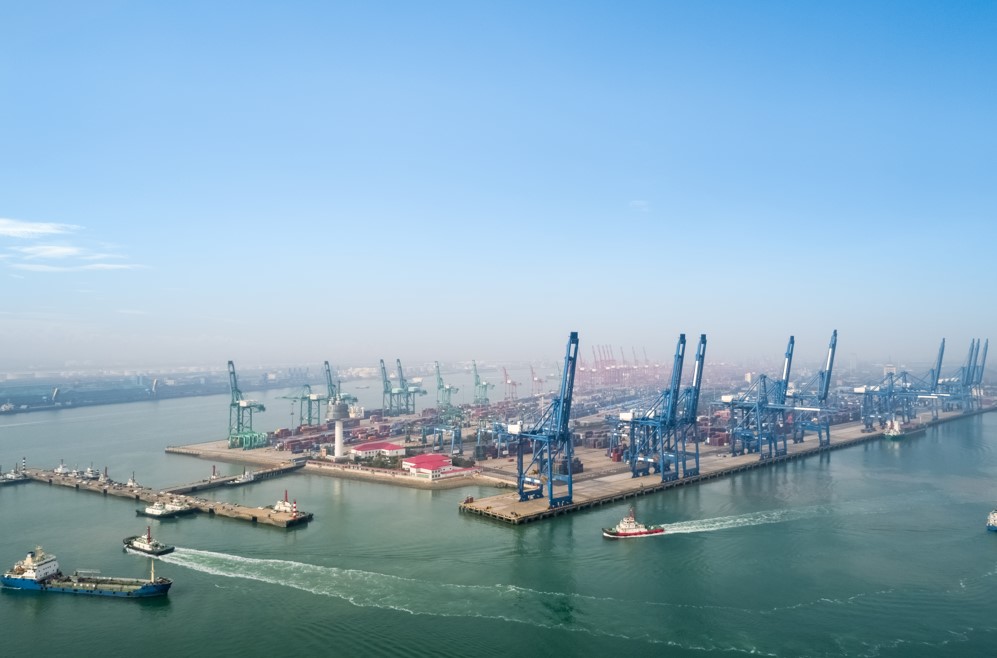The 18 new and expansion projects totaling P2.277 billion were divided among 11 export manufacturing firms, 4 facilities operations, 2 IT enterprises, and 1 domestic market company. Together, they made up the P6.393 billion in investments that were given a go. Investors in both commercial and residential real estate, such as house and lot for sale, must look into the prospects.
Philippine Economic Zone Authority (PEZA)
The PEZA’s objective is to support the global effort to speed employment growth, particularly in rural areas. For foreign investors and foreign investment in the Philippines, PEZA promotes the establishment of economic zones.
Philippines Free Trade Zones
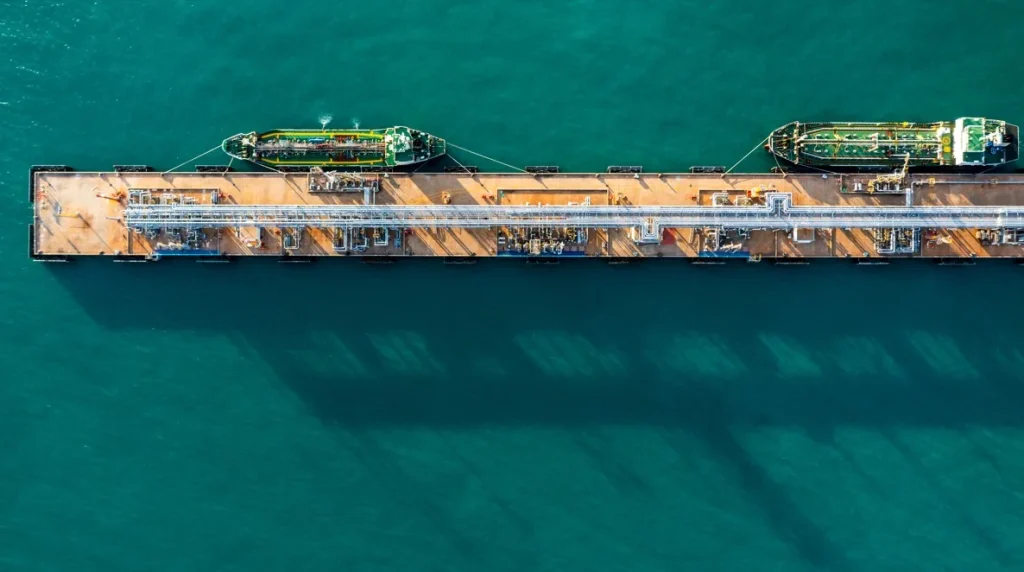
In the Philippines, free trade zones are sometimes referred to as special economic zones, and they are seen as the best option for big businesses and foreign investors wishing to establish a presence there.
This zone’s main goal is to encourage foreign direct investment, and business establishment in certain particular sectors, and ultimately boost the Philippine economy. Different custom tax exemptions and incentives, as well as other regulatory advantages, are offered to business operations in these Trade Zones.
Free trade area
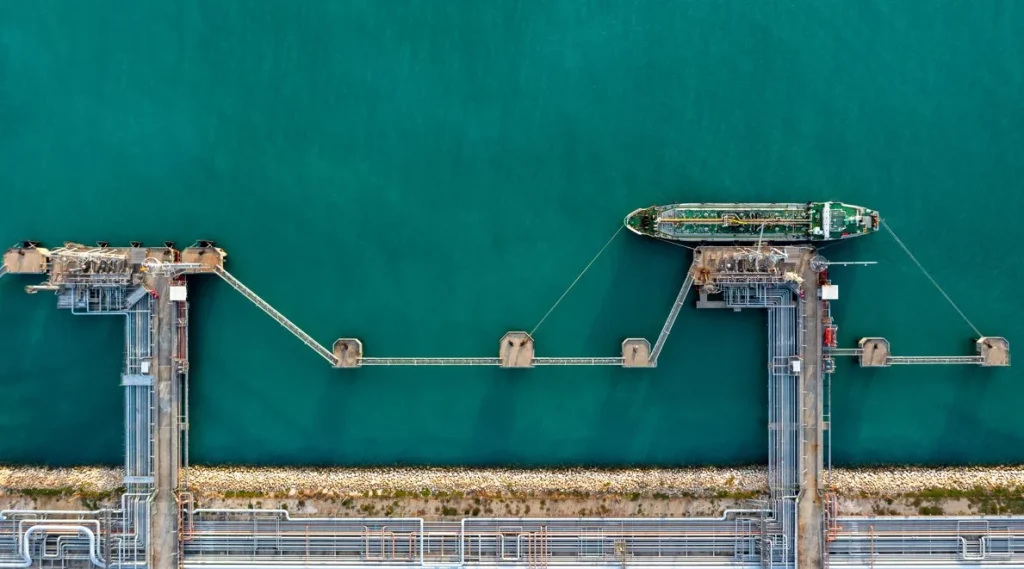
An area known as free trade area (FTA) is one in which a number of nations have ratified a trade pact that cements their mutual economic cooperation. The primary objective of the FTA is to promote free trade of products and services among its participating nations and to remove trade barriers, particularly tariffs and import quotas.
Products that were produced outside and transported to another nation to be consumed by its citizens are known as imports. In contrast to imports, exports include a manufacturer in one nation selling its products to customers in another.
Free trade zones enable international trade, the related benefits from trade, as well as the international division of labor and specialization. However, they have come under fire for the expenses associated with advancing economic integration and for arbitrarily limiting free trade.
The vicinity surrounding ports of entry, such as airports and seaports, is known as a free trade zone. Without incurring import charges, products that have been imported may be unloaded, repackaged, sorted, and otherwise handled. They will, however, be liable to customs taxes if they are transported into a non-free trade zone.
To develop a free trade area, participating nations must set rules for how it will operate. What customs procedures will each country have to follow? How will participating countries resolve trade disputes? What tariffs, if any, will be allowed and what will their cost be? How will goods be transported for trade?
This determines the range and degree of actual trade “liberty”. A trade policy that all nations in the free trade area can conceivably agree upon is the objective.
Advantages of a free trade area
Improved functionality
A free trade area has the advantage of fostering competition, which raises a nation’s efficiency as a result, enabling it to compete on an equal footing with its rivals. Then, goods and services are more affordable while also being of higher quality.
Greater diversity
Consumers now have access to a wider range of affordable goods as imports become more affordable.
Discounted prices
Prices will undoubtedly decrease in the presence of competition, particularly on a global scale, giving customers more purchasing power.
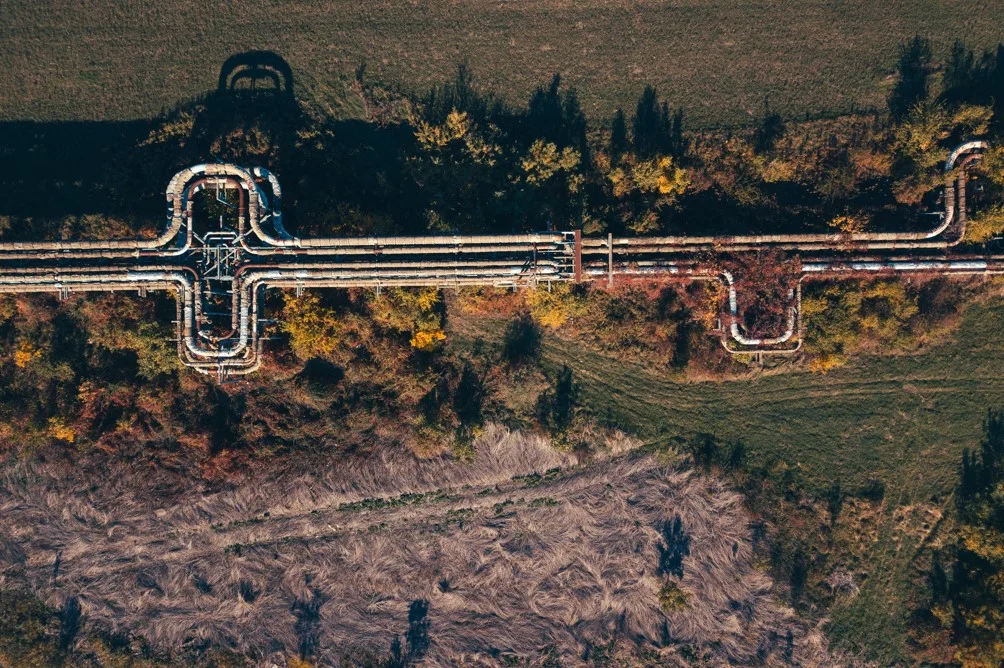
Disadvantages of a free trade area
Intellectual Property at risk
Domestic producers frequently have the freedom to imitate important goods and sell them as knockoffs without worrying about facing legal ramifications when imports are freely traded.
Unhealthy workplace environment
With free trade areas, outsourcing jobs from underdeveloped nations may become popular. Workers may be compelled to work in unsanitary and subpar workplaces since many nations lack labor protection legislation.
Others contend that free trade agreements put domestic jobs and businesses at risk by allowing production to move abroad, that they can make an economy overly dependent on a small number of products, that they can stifle the development of emerging industries that require financial support, that they can jeopardize public safety if a nation depends too heavily on the importation of essential resources, and that they can push nations to lower their environmental standards
Importance of Special Economic Zone Act
Agro-industrial, industrial, tourist/recreational, commercial, banking, investment, and financial hubs can be built in certain locations known as “Special Economic zones (SEZ)” – often referred to as the ECOZONES. Industrial Estates (IEs), Export Processing Zones (EPZs), Free Trade Zones, and Tourist/ Recreational facilities are all examples of ECOZONE components that may be included in any combination.
Special economic zones
SEZs have the potential to increase export levels for both the country creating them and those countries that provide them with goods. But there’s a danger that some countries may abuse the system and use it to keep up their protectionist measures (in the form of taxes and fees). SEZs can generate a significant amount of bureaucracy due to their regulatory limitations. As a result, the system can lose its effectiveness and money might be diverted from it.
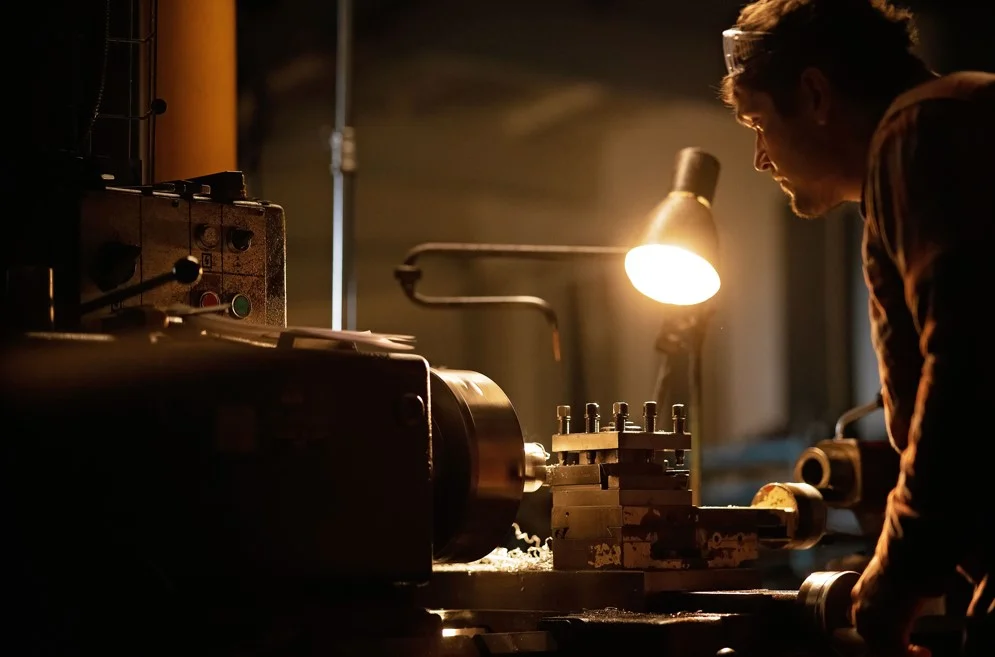
SEZs are often created to encourage rapid economic growth in certain geographic areas. This economic boom is made possible by using tax advantages to attract international investment and technological innovation.
These are places that the government has earmarked for development into regions that balance economic, administrative, agricultural, and ecotourism activities.
Each Ecozone is to be established as a stand-alone neighborhood with the least amount of influence from the government. Without assistance from the federal government, it will manage its own financial, social, commercial, and tourism growth. Additionally, it must have sufficient infrastructure to build connections with other towns and other organizations across the nation.
What is Industrial and Commercial Development?
Many diverse enterprises and industries, such as commercial and industrial buildings, property, zoning, products, and more, are all a part of industrial and commercial construction. Any company involved in the production of commodities is referred to as “industrial.” Any business conducted with the primary intention of making a profit is referred to as “commercial.”
Commercial development
Any construction on the privately owned property that is neither heavily industrial nor residential it referred to as commercial development. Hospitals, labs and other medical facilities, educational institutions, recreational facilities, multi-apartment buildings, car wash facilities, etc. are all included in this category, but they are not the only ones.
Commercial projects include the planning and construction of dining establishments, workplaces, shopping malls retail stores, and entertainment complexes. In order to attract customers, commercial developments are typically created to be aesthetically pleasing.
To accomplish specific objectives on commercial products, a contractor frequently collaborates with contractors and suppliers. Modern design specialists who collaborate with conventional contractors may be brought in for commercial construction projects. Before a commercial property is prepared to open for business, it must complete occupancy and permitting obligations that satisfy local legal standards.
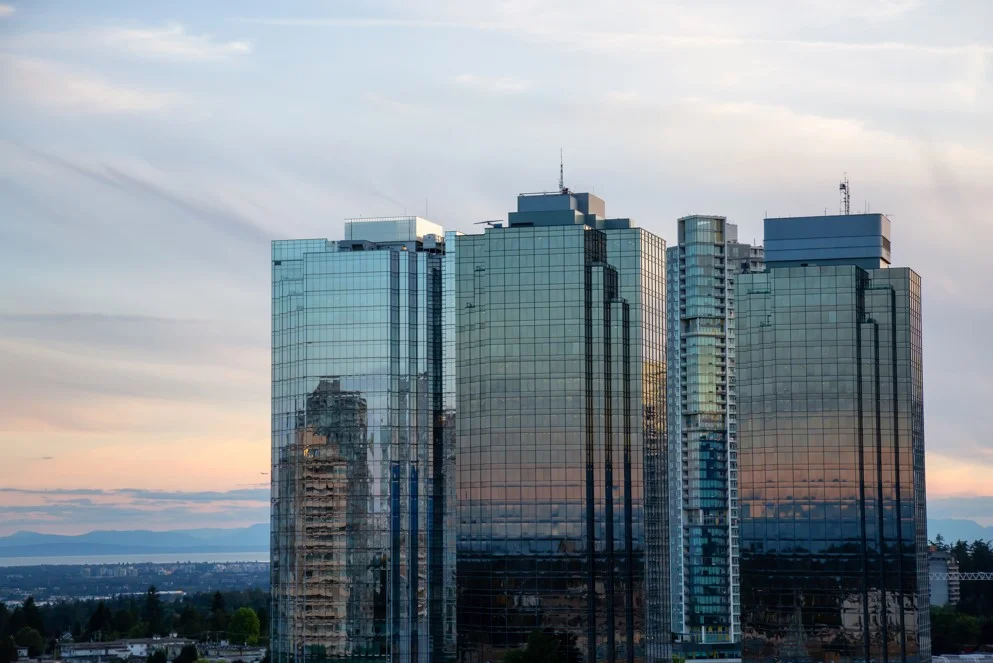
Industrial development
Any company that produces items is referred to as industrial. Construction, manufacturing, and enterprises involving mechanical, electronic, or civil operations could all fall under this category.
Land parcels are developed for industrial usage in industrial estates. For the benefit of the community, they have basic infrastructure such as roads, sanitation, and water systems, pre-built manufacturing units, and residential areas.
Industrial facilities are designed with floor patterns that facilitate easy foot movement and concentrate on coordinating production and distribution; these structures are constructed for functionality, not aesthetics. Heavy machinery and other equipment that must be built to comply with industry-specific rules are supported by industrial buildings.
Like commercial projects, industrial projects must obtain permits and conform to occupancy regulations to satisfy local authorities, but these larger industrial projects must also meet a variety of stringent requirements set by regional, national, and international organizations.
Agro-Industrial Economic Zones
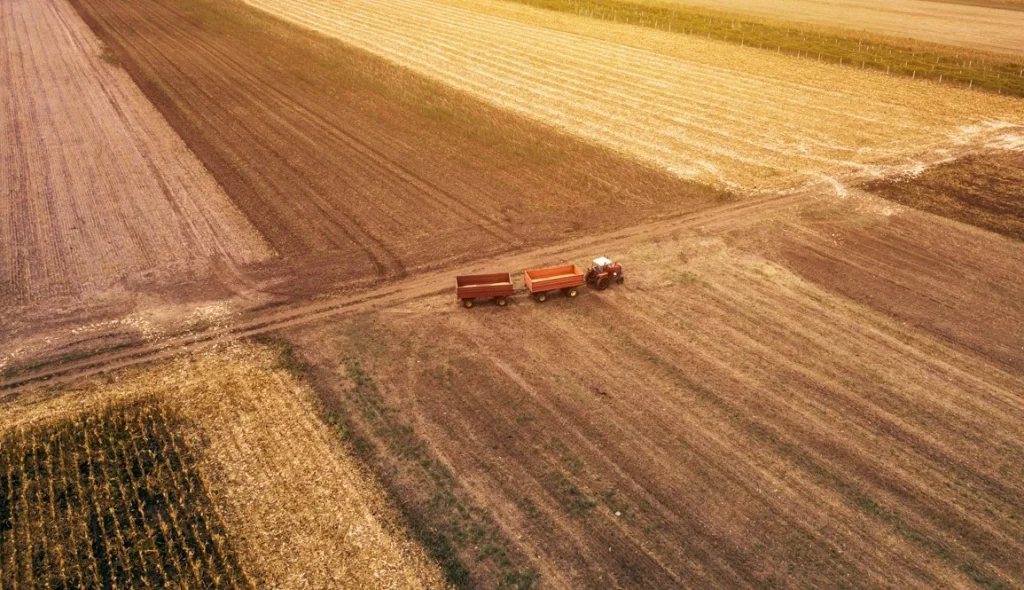
Development of the agro-industrial economic zone planned to have the necessary support infrastructure and services for processing and agro-based industrial operations, using regional agricultural and marine goods as the primary raw materials.
Comparable agricultural goods could be imported into the area that will be made, kept, marketed, displayed, disassembled, repackaged, transported, processed, graded, sanitized, combined with local or foreign goods, or any other type of manipulation.
An organization or concern that has been properly registered with PEZA to create, manage, and maintain agro-industrial economic zones and provide the necessary infrastructure facilities is referred to as an “Agro-Industrial Ecozone Developer/ Operator.” as well as infrastructure including communication facilities, sewage and sewage systems, waste disposal systems, emission control systems, and other amenities that may be needed for an agro-industrial economic zone.
Ilocos Norte is ready
“We require value-adding goods to encourage inclusive growth”, Piddig Mayor Eduardo “Eddie” Guillen declared.
He claimed that if a special economic zone is established, in addition to the government offering tax incentives, this will entice additional investors to participate in a public and partnership deal.
The Piddig administration, through its Municipal Agriculture Office (MAO), has just recently begun to actually participate in its organized farmers in order to persuade them to approve the insemination of their native cows with wagyu semen in order to produce future meat products of the highest caliber. As of January 31, 19 barangays had at least 96 cows and heifers that had undergone artificial insemination.
Philippine export development act
“R.A. 7844 or the Export Development Act of 1994 mandates the DTI to prepare the Philippine Export Development Plan (PEDP), a rolling 3-year plan which forms part of the Medium-Term Philippine Development Plan, now referred to as the Philippine Development Plan”
The PEDP, which will be collaboratively executed by the government, exporters, and another interested sector, will outline the nation’s medium-term annualized export thrusts, and strategies.
In order to support the growth of the export market and the activities carried out by exporters, the Act was adopted. It provides a macroeconomic legislative framework. Exporters are often those that derive at least 50% of their annual operating income from the selling of goods or services overseas. Exporters must derive at least half of their annual operating income from the sale of goods or services outside of the United States in order to be eligible for EDA incentives. Exporters must furthermore obtain EDA approval.
Subic Bay Metropolitan Authority
The agency has been integral in assisting the Subic Bay Freeport and Special economic zone to grow into a self-sufficient region that supports commerce in the manufacturing, economic, industrial, and financial sectors both within the zone and throughout the Philippines as a whole.
The former United States is included under the SBMA’s legal jurisdiction. The Subic Hanjin shipyard, the Naval Base Subic Bay, and the former US defense facilities in the hills included the Binictican and Kalayan housing communities.
Export Processing Zone Authority
Export Processing Zones (EPZs) are unique IEs whose locator businesses are primarily focused on exports. Imports of machinery, supplies, and spare parts are tax and duty-free under EPZ incentives. Bataan, Cavite, Baguio City, and Mactan Isaland in the Visayas are the four EPZs that the government has designated.
The majority of the 250 registered businesses in the EPZs are engaged in the production and export of electronics, industrial equipment, automotive parts, and chemical products.
The following fiscal and non-fiscal incentives are available to export and free trade enterprises registered with PEZA:
- Importation of capital goods, natural resources, supplies, replacement parts, breeding stock, and genetic materials is tax and duty-free.
- 4 to 8-year maximum income tax holiday for pioneer and non-pioneer projects
- after the income tax holiday, a special tax rate of 5% of gross income in place of all federal, state, and local taxes
- Exemption from wharf fees, trade tariffs, and import charges; A tax deduction for import substitution
- Additional deduction for additional training and labor costs
- Status of permanent resident for foreign investors and their families
- Foreigners working abroad
Opportunities for investors
Investors have access to the following infrastructure development sectors:
- Modernizing the current airport to accommodate both domestic and foreign aircraft.
- Railways within and outside Subic Bay Area, as well as bullet and sky trains
- Cable car construction and maintenance
- Numerous roadways, including East-West Expressway and a road that connects the airport to the city.
- The port terminal is used for commerce or for people
Related Blog: PEZA Seeks Malacanang Approval for Thirteen Economic Zones That Could Generate Php17.9 B Worth of Investment


